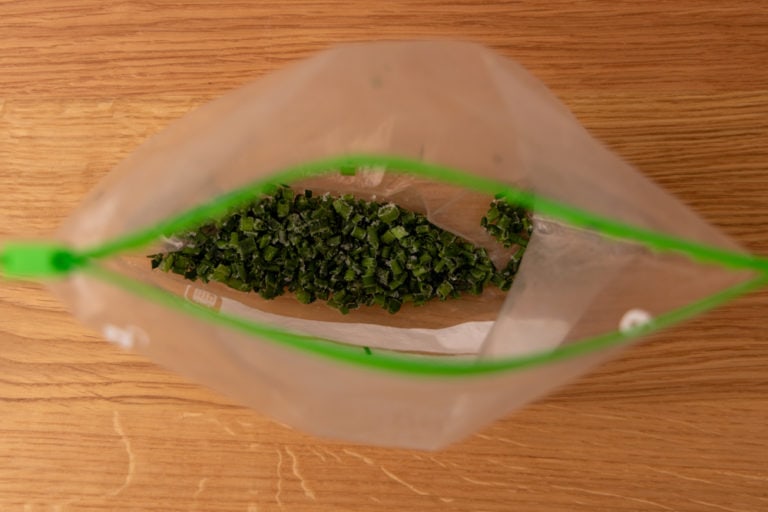How to Tell if Broccoli Is Bad? Yellowing and 5 Other Signs
Here’s all you need to know about the spoilage of broccoli. Learn how to check its quality and when you should toss yours.
Say your broccoli head has been refrigerated for over a week, and it’s starting to look iffy. And you’d like to know if you can still use it. So, how do you tell if broccoli is bad?
For starters, let’s tackle the thing that trips up so many people – yellowing broccoli.
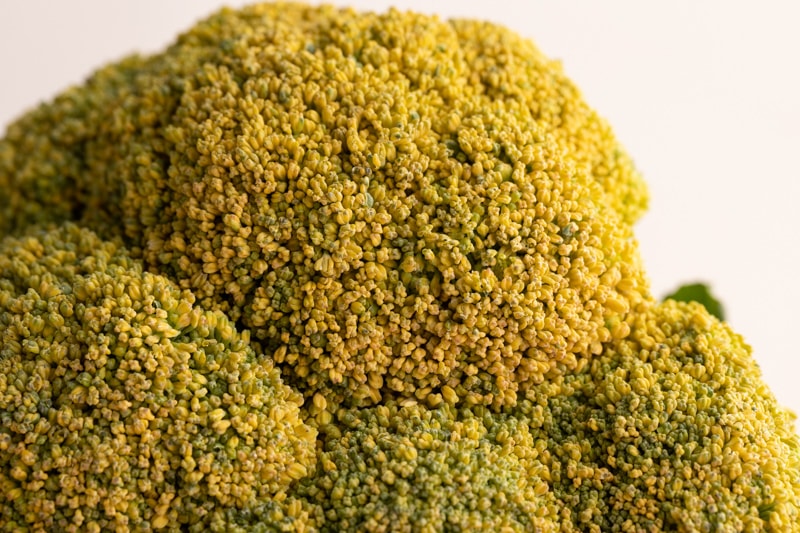
Is Yellow Broccoli Bad?
Yellow broccoli isn’t necessarily bad, but it’ll taste so-so at best and plain bad at worst. In other words, if your broccoli has turned yellow, it’s probably still safe to use, but its quality won’t be nearly as good as that of fresh green broccoli.
Yellowing happens as the broccoli ages, and it’s an indicator of the loss of chlorophyll and the development of other pigments. Pigments that we don’t want, should I say.
In many sources, yellowing of the florets means the end of the shelf life for broccoli. So if your whole broccoli is yellow or has even started to brown, it’s no good.
But if the florets are mostly green, with some small yellowing areas here and there, that broccoli is definitely okay to use. You can trim the yellowing ones if you want or leave them as is, as long as there’s not a lot of them.
Long story short, if the whole head or most of it is yellow, you should probably toss that broccoli. But if only a tiny part is yellowing and the rest looks nice and green, it’s okay to use that broccoli head.

How to Tell if Broccoli Is Bad?
Discard your broccoli if it’s limp, slimy, moldy, or has other visual signs of decay. Toss the veggie if it has turned yellow, brown, or smells off. And dump any cooked broccoli that’s stored for longer than four days.
That’s broccoli spoilage 101.
Now, let’s dive into the details of each point.
Soft, Limp, or Slimy Broccoli
Fresh broccoli is firm to the touch and the florets are deep green. But over time, the veggie loses some of its water, and that’s when broccoli softens and becomes limp.
Of course, there’s a whole spectrum here, and broccoli doesn’t go from firm to limp in a day or two. Instead, the process takes at least a few days, depending on storage conditions.
(Broccoli loses moisture much faster when left at room temperature.)
So if your broccoli is only slightly softer than when it was fresh, you can use it no problem. But if the whole thing is wilted and quite soft, it’s no good.
Sometimes, certain parts of the veggie lose water more quickly than the rest. So if the stalk has softened noticeably, but the florets are still quite okay, you discard it and use the rest. The same applies if the whole head has a few soft florets, but the others still keep quality.
Long story short, if only a part of the veggie is affected, it’s okay to cut it off and use the rest. And so is using soft but not limp broccoli.
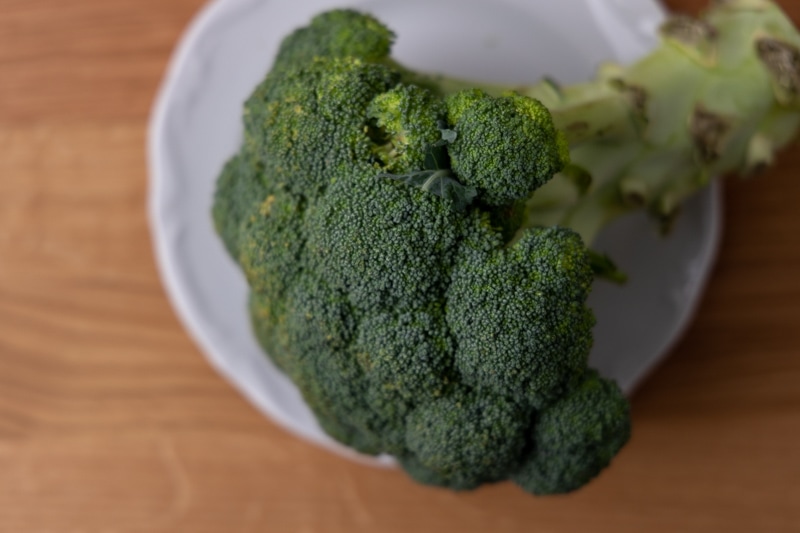
Rot, Black, or Brown Spots
Any black or darkened areas on broccoli are no good; I’m sure you know that.
As usual, you can cut off any affected florets or parts of the stalk if the decayed area is relatively small. But if the rot covers half of the broccoli, it’s game over.
Mold
If there’s any white fuzzy action on the florets or the stem, you’re dealing with mold.
As usual, if only a minor part of the veggie is affected, you can cut it off (with some margin). But if a tiny coat of fuzz covers like half of the florets, it’s time for that broccoli head to go.
Cooked broccoli can go moldy prematurely too. If you’re unlucky and some mold spores land on the veggie before you refrigerate the leftovers, you might have a welcoming committee of white fuzz waiting for you the next day.
If there’s any mold on your cooked broccoli, toss all of it. Cutting off or scooping the affected area isn’t a good idea, as mold easily permeates cooked veggies. And that means it might have spread further than what you’re seeing.
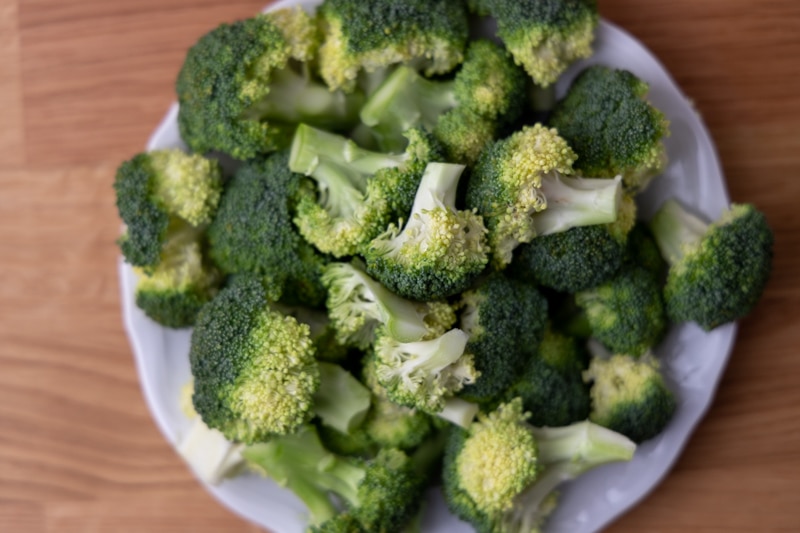
Off Smell
If your broccoli head doesn’t pass the sniff test, it’s no good. But before you give it a good whiff, look for all the spoilage signs listed above.
The reason is simple: you don’t want to inhale a whole bunch of mold spores or whatever else might be developing on the florets or stalk. So if you already see it’s spoiled, don’t smell it.
Also, old broccoli tends to stink if cooked for too long. So don’t be surprised if the aroma of your not-that-fresh broccoli isn’t particularly pleasant during and after cooking.
Cooked and Stored for Longer Than 4 Days
As I mentioned in my article on the shelf life of broccoli, cooked broccoli keeps for only 3 to 4 days. After that, it’s no longer safe to eat, even if it looks perfectly fine.
So if yours has been sitting in the fridge for almost a week now, you should discard it.

Rotten Records: Share Your Snap!
Caught some food past its prime? Upload your photo to “Rotten Records” and help others spot the signs of spoilage. Every image makes our food community safer and more informed!
![How Long Do Bell Peppers Last? [Whole, Cut, Cooked]](https://www.doesitgobad.com/wp-content/uploads/Bell-peppers-side-by-side-768x512.jpg)
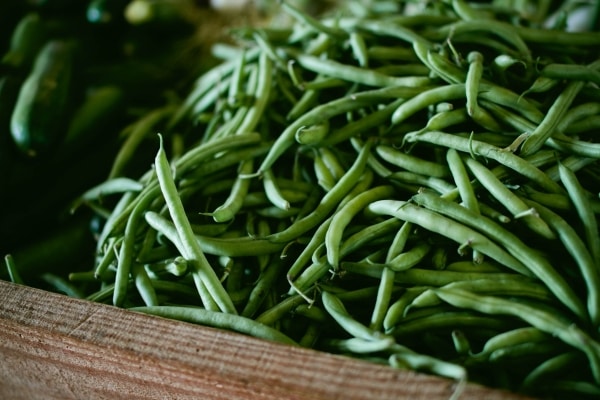
![How to Tell if Kale Is Bad? [4 Spoilage Signs]](https://www.doesitgobad.com/wp-content/uploads/kale-spoilage-signs-infographic-1-768x512.jpg)

